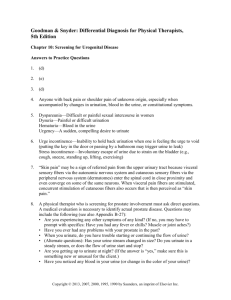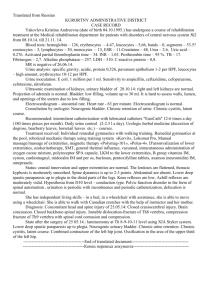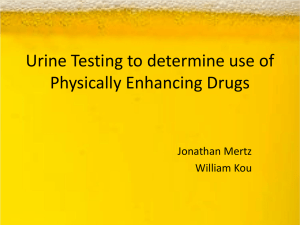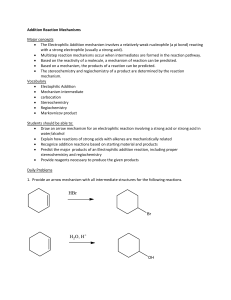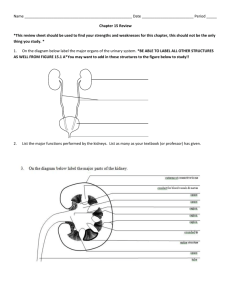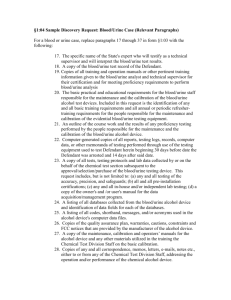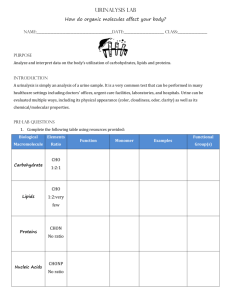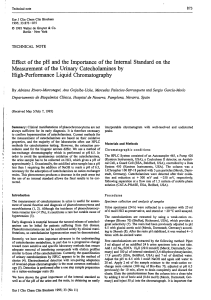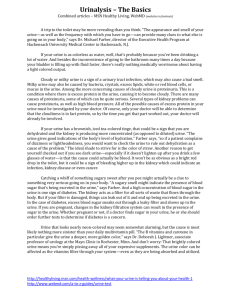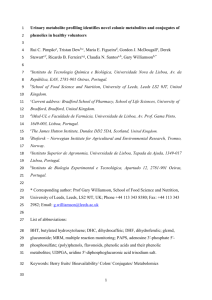Preservation of urine free catecholamines and their free
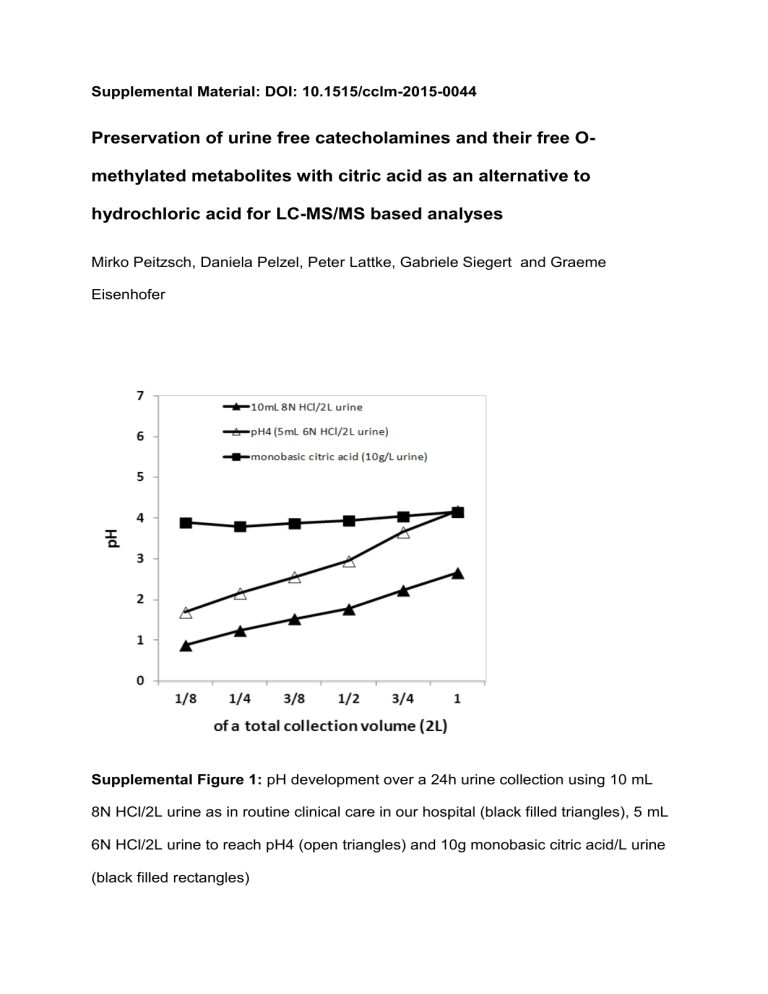
Supplemental Material: DOI: 10.1515/cclm-2015-0044
Preservation of urine free catecholamines and their free Omethylated metabolites with citric acid as an alternative to hydrochloric acid for LC-MS/MS based analyses
Mirko Peitzsch, Daniela Pelzel, Peter Lattke, Gabriele Siegert and Graeme
Eisenhofer
Supplemental Figure 1: pH development over a 24h urine collection using 10 mL
8N HCl/2L urine as in routine clinical care in our hospital (black filled triangles), 5 mL
6N HCl/2L urine to reach pH4 (open triangles) and 10g monobasic citric acid/L urine
(black filled rectangles)
Experimental description: As described in the manuscript, acidification of urine for measurements of free catecholamines and their O-methylated metabolites is important to inhibit auto-oxidation particularly of catecholamines in alkaline urine samples. In order to use urinary free metadrenalines and 3-methoxytyramine for diagnostics, however, an over-acidification to pH values below 2 needs to be prohibited. This is important to avoid an acidic hydrolysis of sulphate-conjugated metadrenalines during the collection time, as shown in Peitzsch et al. 2013 (Clin
Chim Acta 418:50), which otherwise would possibly produce false positive test results. Possible effects of over-acidification are expected especially during the initial period of sample collection, at times were sample volumes are small relative to the amounts of added acid.
Therefore we performed an experiment simulating the pH development over increases of sample volumes during the collection time. Here, 3 different procedures were used, 1) 10 mL 8N HCl/2L as used in routine clinical care in our hospital, 2) 5 mL 6N HCl/2L to reach a final pH 4 and 3) 10 g monobasic citric acid/L.
In this small simulation experiment (Suppl Figure 1), with an assumed collection volume of 2L, over the collection time we determined pH values ranging from 0.8 to
2.7 and from 1.7 to 4.2 using 10mL 8N HCl as in clinical routine care or 5mL 6N HCl
(mild acidification to pH4), respectively. In contrast, by using monobasic citric acid the pH ranged from 3.9 to 4.2 over the whole collection time demonstrating an almost sample volume independent pH value. This demonstrates the likelihood of overacidification in the beginning of a 24h urine collection using HCl as a stabiliser and raises up the problem of pH induced acidic hydrolysis of sulphate-conjugated metadrenalines and 3-methoxytyramine.




